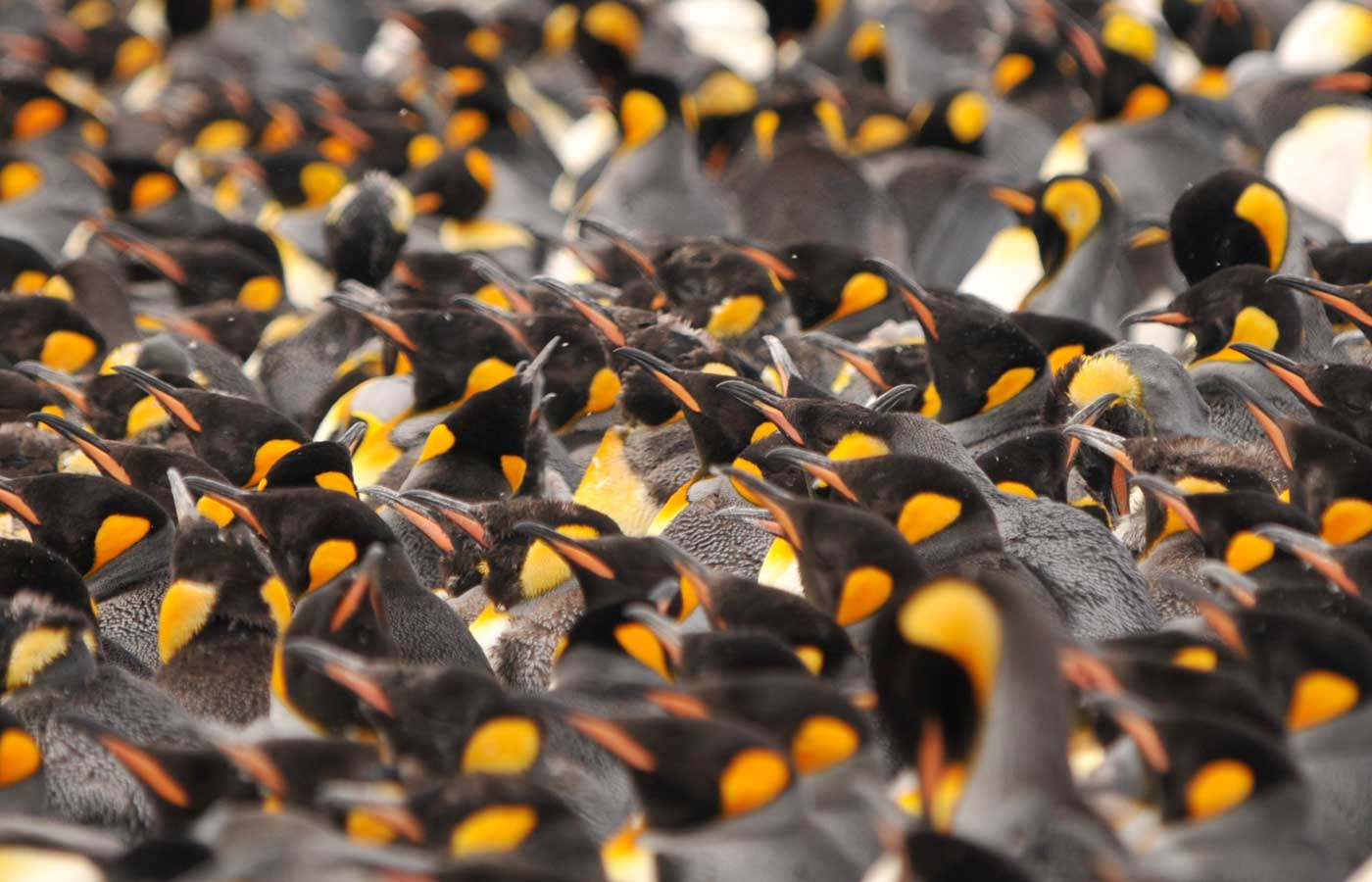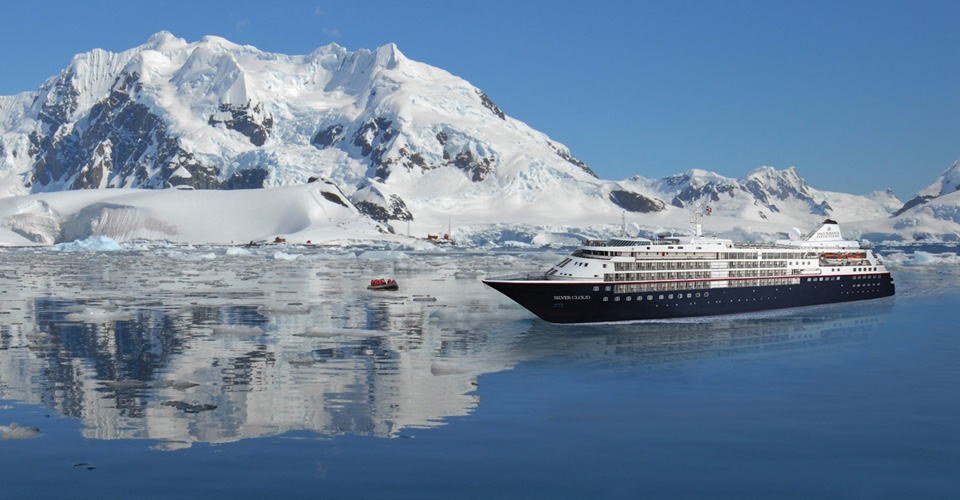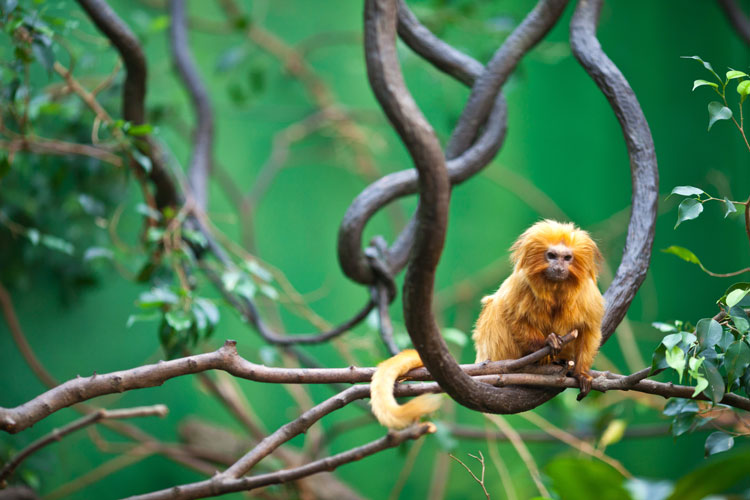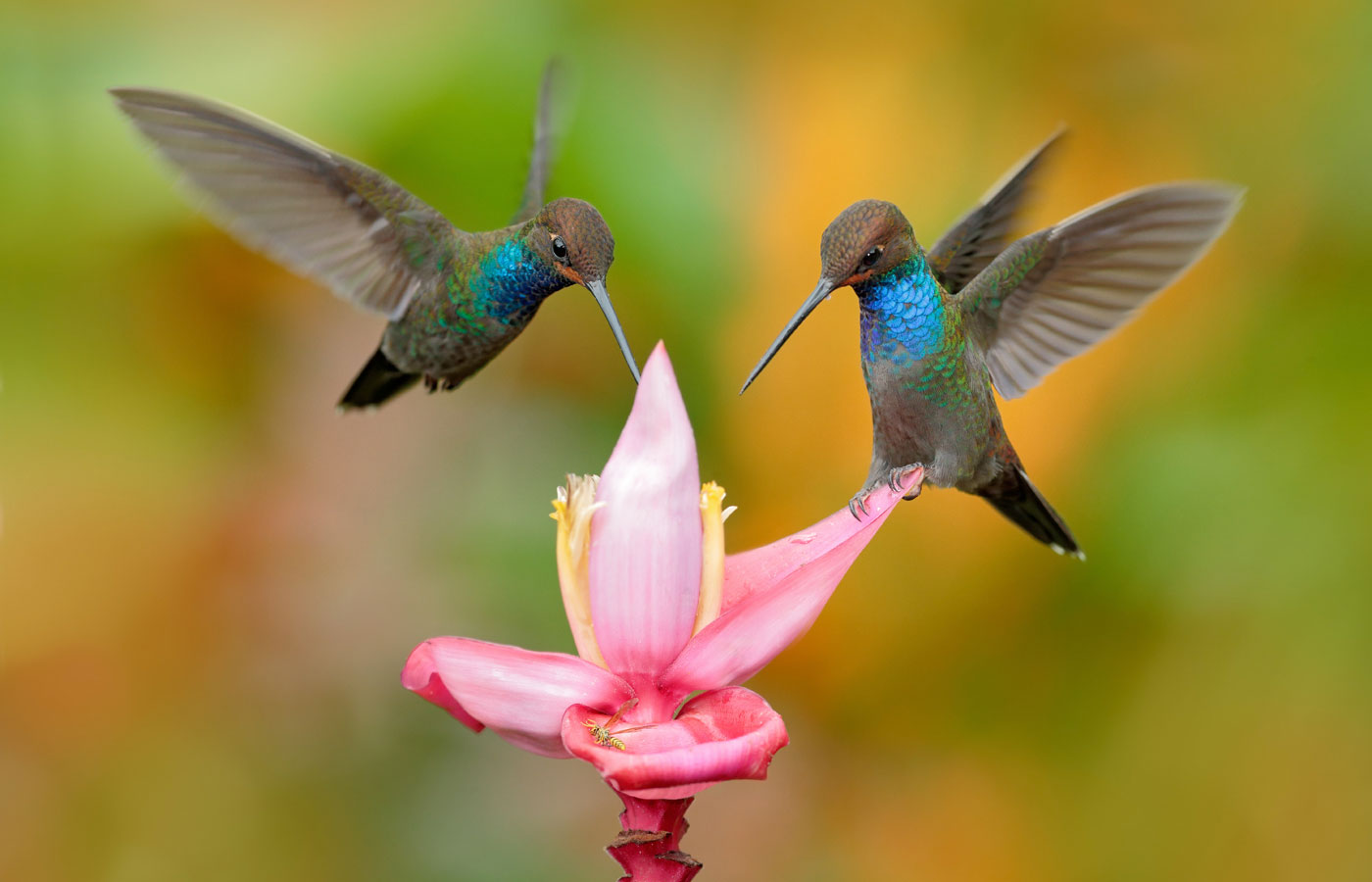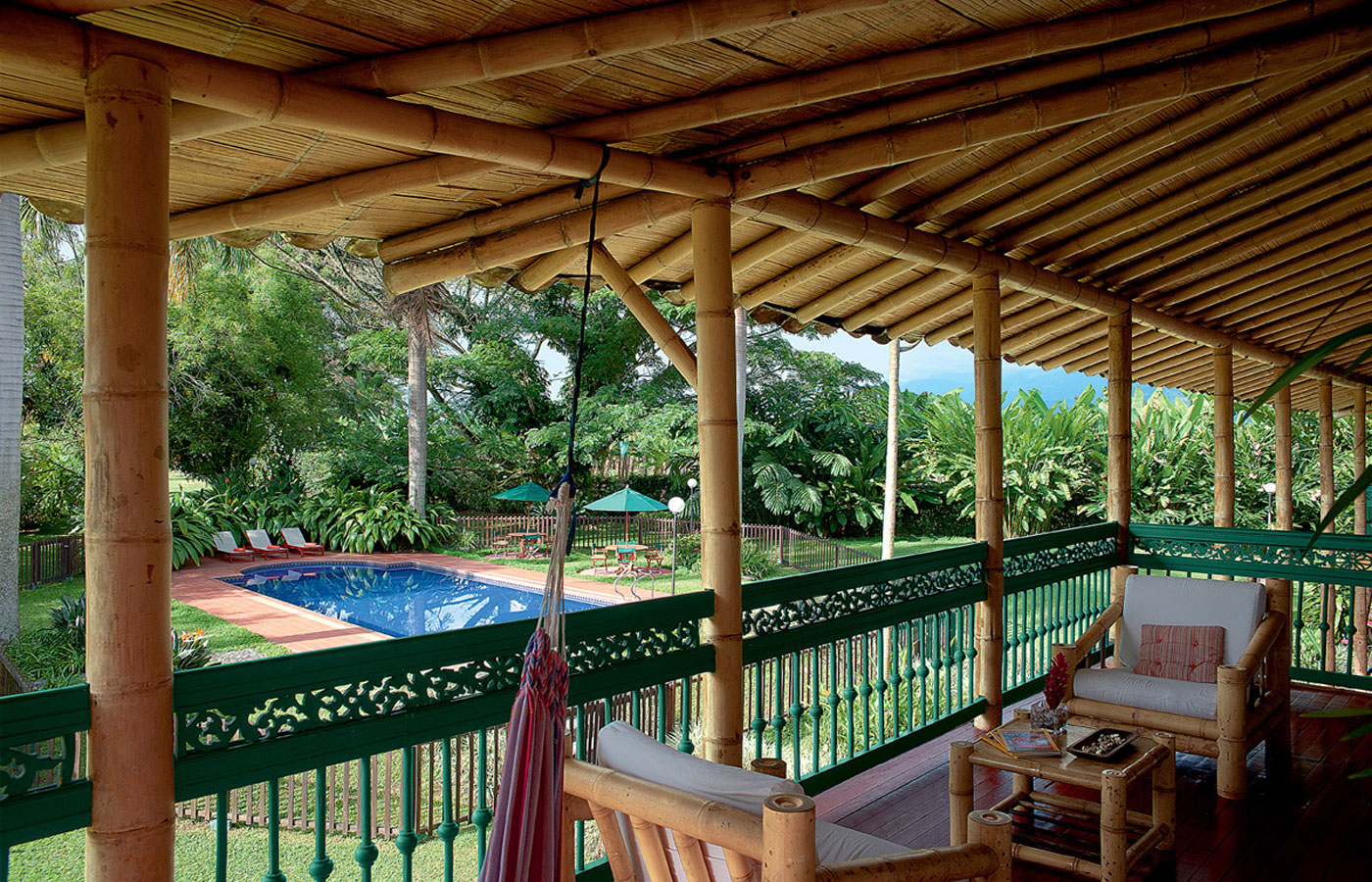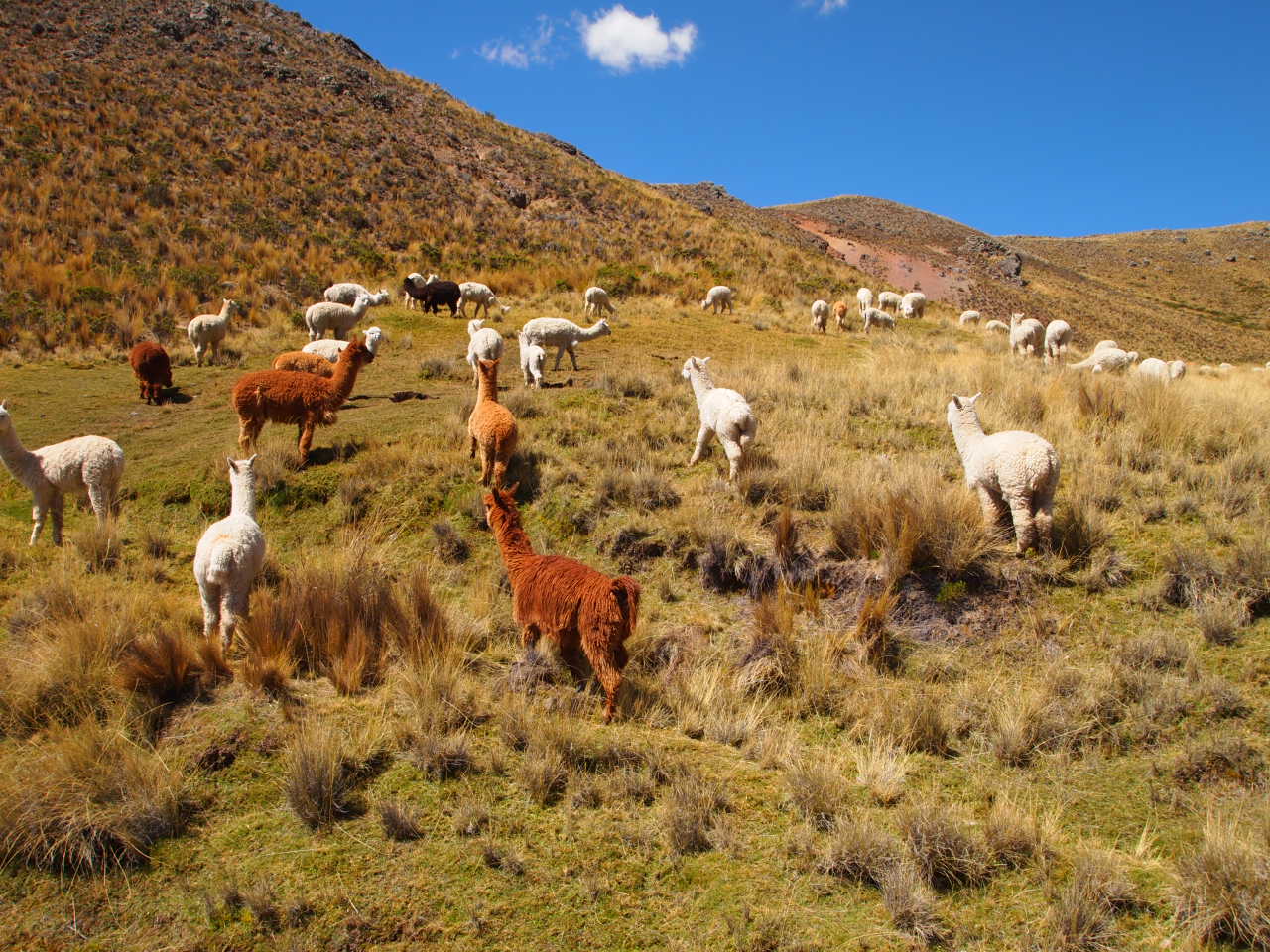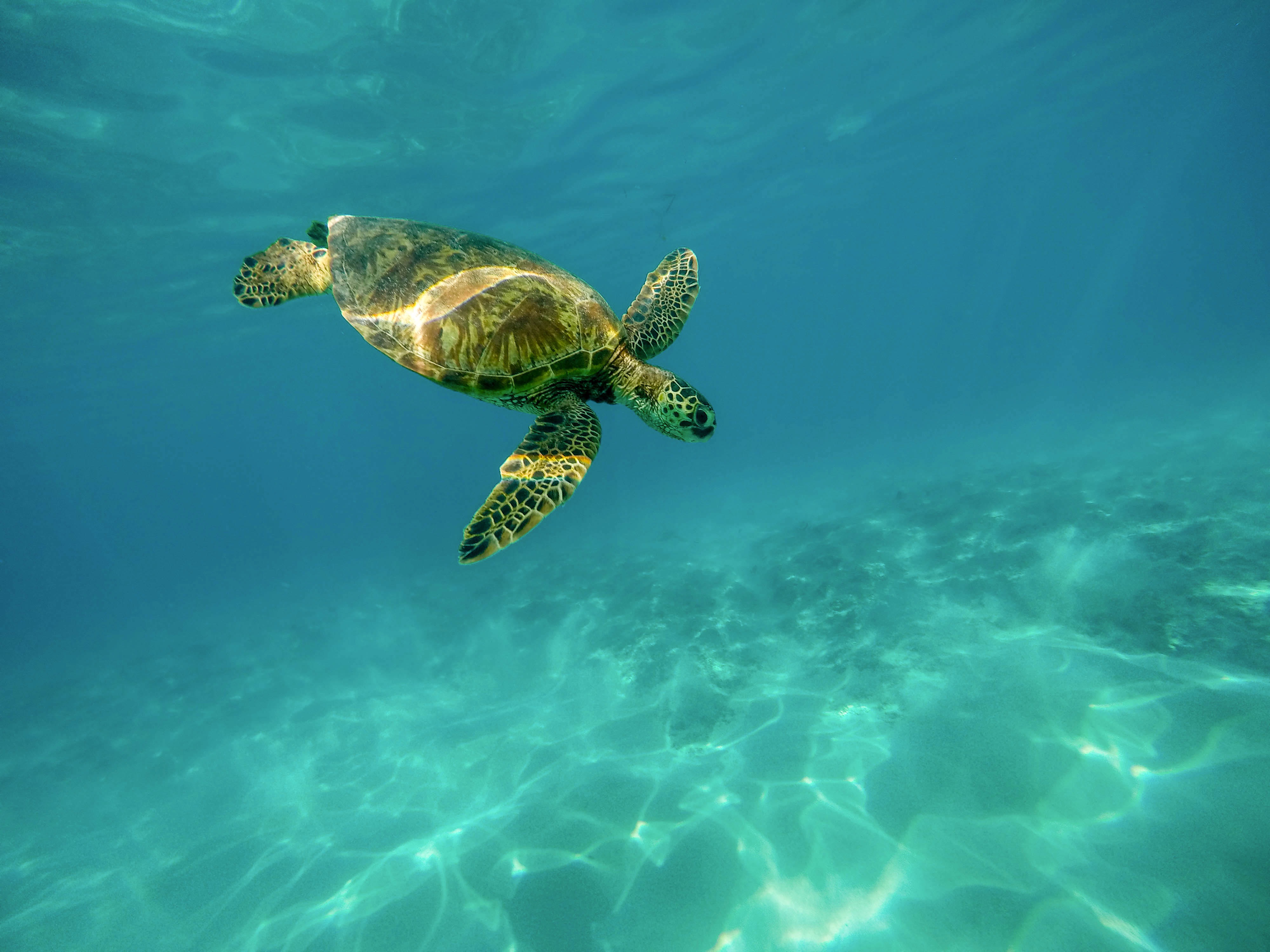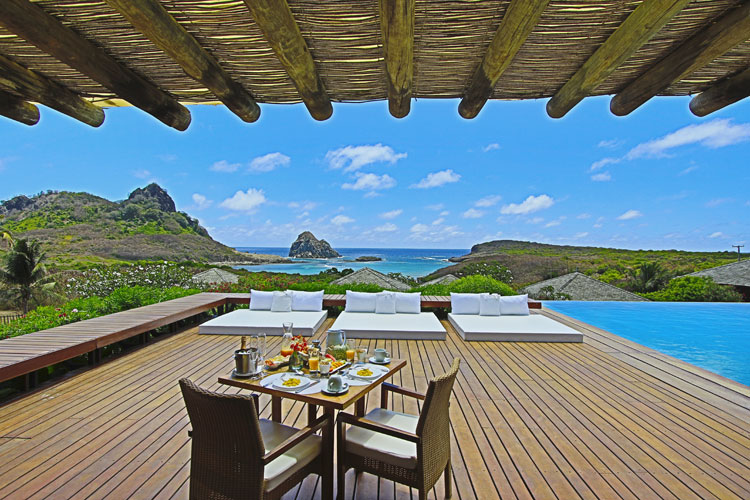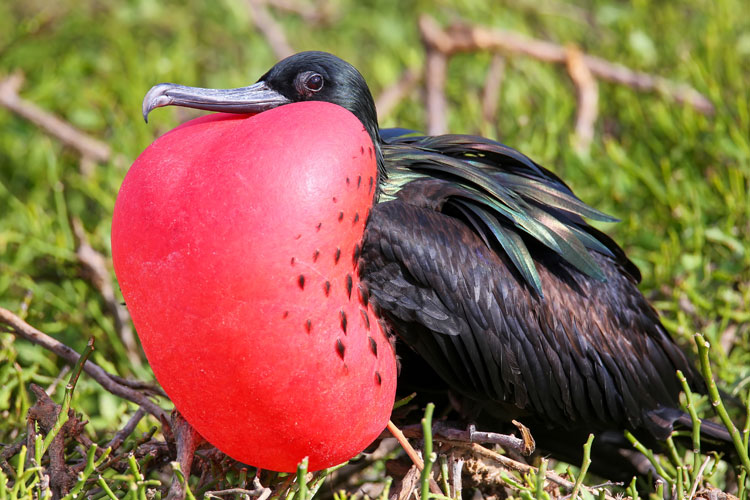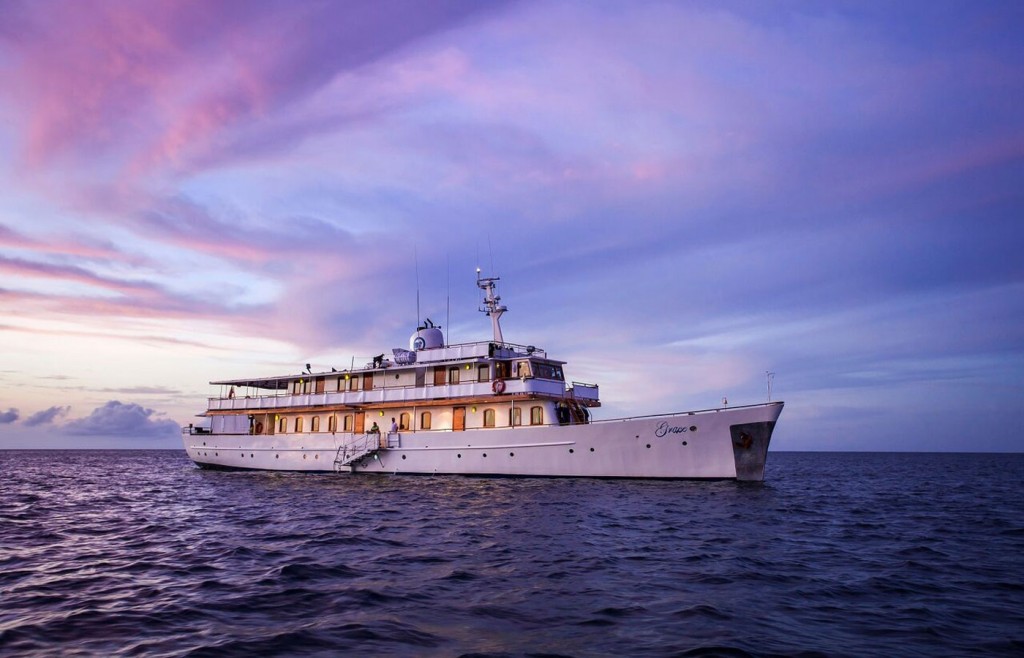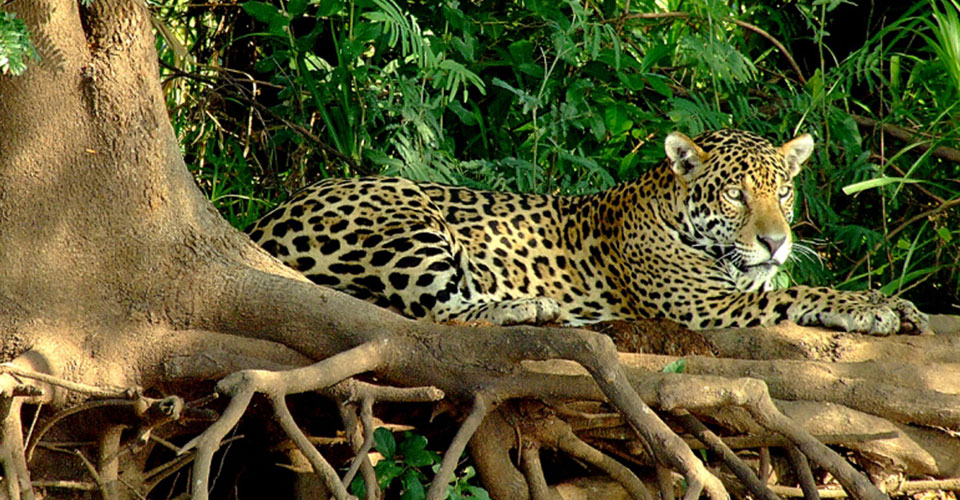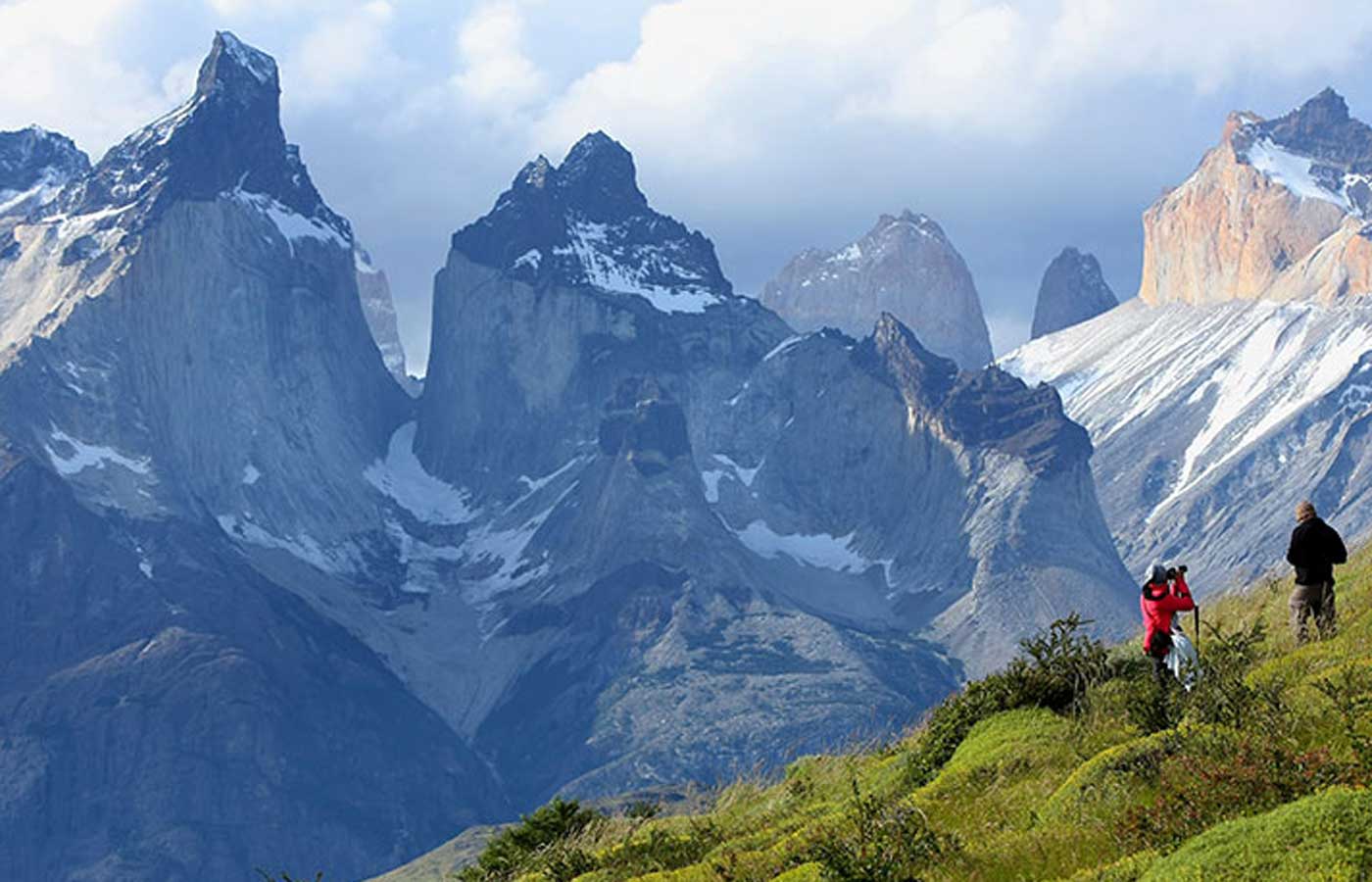The best wildlife experiences in Latin America
Latin America is an explorer’s paradise and dream holiday destination for many. Rich with a variety of landscapes; from tropical beaches, vast jungles & rainforests, to dry deserts and icy glaciers. It’s hard to not find the type of area you want visit in order to take a break from normal life. If you’re planning a holiday to this jewel of the world, you’ll probably have historical landmarks and utopian beaches on your priority list. However, if you crave true adventure and discovery, the wildlife to be found here is one of the bestselling points for any novice or experienced traveller interested in learning more about the many species we share our world with. The possibilities on where to go and what to find are almost endless. We’ve picked out what we think are the Top 10 places to go and what type of wildlife you can find here. Naturally, it would be a daunting task for anyone to travel to all these places in one go, however, if you happen to be near any of these places mentioned, they would be a definite highlight of your holiday, and maybe any of these places might give you a reason to return.
1. Whale watching on the Valdes Peninsula
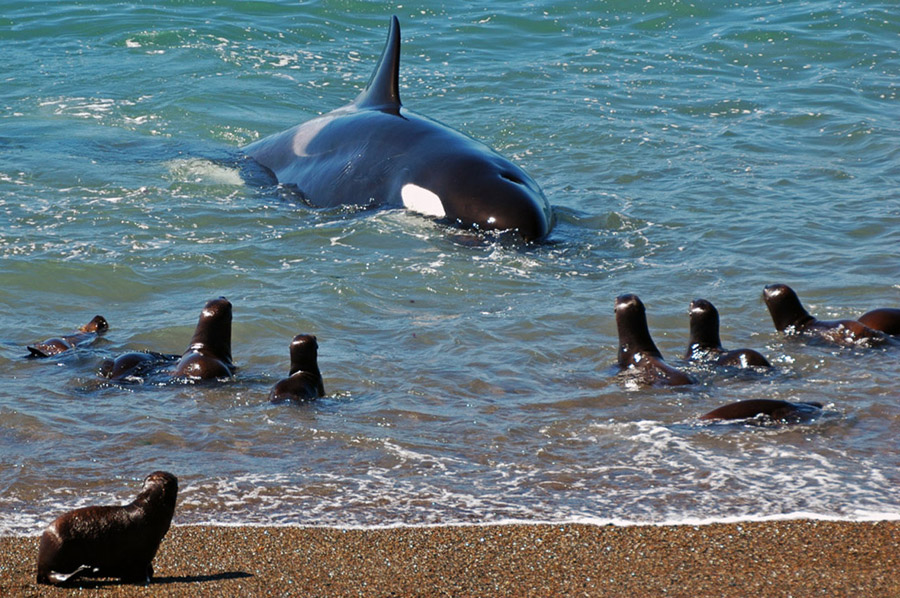
The Valdes Peninsula on the east coast of Argentina is usually mild, dry and always windy. This desert-like terrain might not be the ideal holiday destination for many a tourist, but it’s the perfect environment for the vast army of penguins you can find here. Penguins can be found all along the coast line hogging the beach during October to March. This is the perfect moment to take pictures of them as you probably won’t see so many penguins in one place at the same time anywhere else. But there’s more than just penguins to be found on the Valdes Peninsula, there’s also a fair number of armadillos scurrying along the sand. Due to their small size, they might not be as easy to find, some can be shorter than your shoes! There’s also plenty of guanaco here too. Similar to llamas in appearance, they’re more agile and can be spotted frolicking in the nearby fields and hopping over fences. Closer to the ocean, you’ll find elephant seals (named after their strangely trunk shaped snouts). If you visit during June to late November, you’ll get a chance to see the huge southern right whales and different dolphin species in the bay. If you’re lucky to be here during April you’ll get the best chance of seeing killer whales (also known as orca) and they’re the star attraction. The orca pods which call the Valdes Peninsula home have developed a very unique method of hunting their favourite prey; sealions. These huge mammals drive up the beach to catch the young sealion pups which can be found playing in the shallows, and almost strand themselves on the shore. Aside from all this bizarre wildlife, there are activities galore including kayaking, scuba diving, snorkelling with sealions, mountain biking and fishing. If you were to have any reason to venture here, make it for the wildlife, this alone makes the Valdes Peninsula worth the visit.
Recommended places to stay
For a luxury retreat on the Valdes Peninsula, we recommended: Estancia Rincón Chico
2. Counting penguins in South Georgia
For a completely different and truly wild place to spot wildlife, it doesn’t get much better than South Georgia. This storm-battered speck of land in the south Atlantic ocean is an unlikely haven for hundreds of penguins and other oceanic bird species. Around 50 million (yes, 50 MILLION) birds call this desolate place home, alongside hundreds of thousands of seals. The best way to access this island is on a cruise which will also pass by Antarctica and the Falkland Islands, and there are some fabulous luxury cruise ships to choose from. Visitors can expect to see king penguins, around 300,000 of them to be precise, all standing together in a mind-numbing display of unity, plus elephant seals, albatross and petrels. For a once-in-a-lifetime trip – South Georgia is a wonderful choice.
Recommended places to stay
Our recommended luxury cruise to experience Antarctica & beyond: Silver Cloud Expedition
3. The Amazon Rainforest
The mighty Amazon river snakes its way across the upper half of the continent, and expanding out from this vital source of freshwater, is hundreds upon thousands of kilometres of dense rainforest. Arguably one of the most well-known habitats in the world, visitors can take their pick from which country to visit this unique environment. Brazil, Peru, Ecuador, Colombia and Bolivia are a few of the 9 counties which share a slice of this paradise, and depending on what experience you are after can be key on deciding which area to go to. Wildlife spotting in the Amazon is no easy feat, with dense forests hiding everything from shy toucans to boisterous monkeys, anyone travelling here needs to be patient. One very special species is the pink river dolphin, known locally as the ‘Boto’, their bright pink skin is an eye opener to see up close. Most of the pink river dolphins you’ll find have grey coloured backs, this is because the dolphins here are born grey and get pinker as they get older. You’ll be able to tell if a dolphin is of mature age if they are completely pink, but they are a rarer find in the murky Amazonian river. To list the species that can be seen is a gargantuan task, but highlights include; macaw, giant otter, sloths, caiman, eagles, poison arrow frogs, ocelot, snakes and tarantula.
Recommended places to stay
Our recommended luxury lodge to stay in the Brazilian Amazon: Anavilhanas Jungle Lodge
4. Costa Rica
It’s very hard to pin point one place in particular when in comes to Costa Rica and areas in which to see wildlife. The entire country is small than Lake Michigan in the USA, yet it holds an astonishing 5{8fe958db9759beb48ac6bde9f2433c88ca78522aa958172ef75a6662714c881d} of the worlds biodiversity. Due to its tiny size, it is an extremely easy place to travel around, and if you have 2 weeks to spare, there are plenty of opportunities to see a wide range of animals and birds. If you’re looking for majestic sightings whilst in Costa Rica, then seeing the humpback whale can’t be beaten. Between January and April humpback whales migrate along the Costa Rican pacific coast from the Atlantic and southern Chile to reach warmer waters. Even though these colossus whales can be seen at most points along the Costa Rican coastline, the best place to go is in Uvita, specifically at Marino Ballena National Park where, from a bird’s eye view, you’ll find the bay shaped as a whale’s tail (conveniently named Whale’s Tail bay). It’s a peculiar coincidence, but makes whale watching here all the more fitting. The best way to see them up close if via a boat journey and even then, the boats have to remain a safe 200m away from any whales nearby. Getting any closer could run the risk of upsetting the whale’s courtship rituals. That being said, seeing this taking place at a distance is a remarkable sight to behold and taking pictures adds to the emotional value. But it’s not all about gentle giants in Costa Rica, some of the countries most stunning species are tiny. Take for example, the baby turtles that hatch along the beaches, or the many different brightly coloured frogs that can be found hidden deep in the jungles. If you like birds, there are parrots galore and the shy but magnificent quetzal is commonly sighted. If you are a wildlife lover who is short on time, or simply doesn’t like to travel for hours on end, Costa Rica could be a paradise found.
Recommended places to stay
Our recommended luxury place to stay in Uvita, Costa Rica: Kura Design Villas
5. Birding in the Colombian Coffee Zone
For something a little more unusual, Colombia is a rich and plentiful ground for bird watching. Colombia is home to just under 2000 different bird species (the most bird species you’ll find anywhere in the world) many of these species being hummingbirds. If hummingbirds aren’t your thing, there are tongue-twisting other species such as Rainbow bearded Thornbills to Golden-bellied Starfrontlets, to satisfy even the most advanced bird watcher. On top of that, they’re easy to find! Even if you’re staying in just one area of Colombia, you’ll find plenty of different species around you. Once you’ve spotted one, you might find it difficult to put your camera away and move on. Bird watching has never been more captivating than in Colombia, and this colourful and vibrant country packs a serious punch for sheer photogenic beauty. The coffee region is a spectacular area which is home to ‘El Dorado’ – one of the most highly-respected bird reserves worldwide – is also rich in flora, great food, wonderfully friendly people, and of course, unforgettable coffee.
Recommended places to stay
Our recommended traditional and luxurious hacienda in Colombia: Hacienda Bambusa
6. Discovering the Peruvian Highlands
It doesn’t matter who you are, where you’re from or what your age is. Every person who travels to Peru wants to see one of the countries most famous residents – the llama. This large camelid has 3 cousins that also live here – the alpaca, which like the llama, has been domesticated and can be found across not just the whole of Peru but most of Latin America. The guanaco – a wild species that inhabits the southern cone, and is the largest of the family. And lastly, the shy but pretty vicuna, which only lives in the extreme high plateaus of the Andes. However, these high altitude species are not alone – lovers of Paddington bear will enjoy nothing more than venturing to Peru once they’ve heard there’s spectacled bears to be found here. Spectacled bears are named after their unique facial markings that make them look like they’re wearing glasses. Some may be a little less convincing than others simply because the shape of their facial markings can differ, depending on the bear you see, however their markings are still a cute feature that helps them stand out all the same. One down side is that spectacled bears are one of the most endangered bear species in the world (taking second place after the giant panda). The best place to see them is at Machu Picchu or in the Andes mountains. The Inca Trail can be a gruelling trek, but it’s worth the journey to see the place many spectacled bears call home.
Recommended places to stay
For exclusive views of Machu Picchu, our recommended luxury hotel to stay at: Belmond Sanctuary Lodge
7. Diving in Fernando de Noronha
For the best possible diving experience in all of Latin America, look no further than the tropical paradise that is the island of Fernando de Noronha, approximately 340 kilometres off Brazil’s north eastern coast. Fernando de Noronha is the home of Brazil’s first national marine park and some of the best diving experiences you can find the world, not to mention ‘Baia do Sancho’- a beach regularly voted as the best in the world. Visitors are quick to understand these claims once they’re here, and the vast marine life you can find around the island is almost endless. Huge pods of dolphins gather close to the shores along with schools of unique fish that you may not find anywhere else. Seeing giant schools of fish swimming by wrecks along the ocean floor can leave you with truly beautiful memories of this beautiful place. Fernando de Noronha conveys what unspoilt underwater exploration can look like, and once you’ve dived here, other places might find it hard to compete.
Recommended places to stay
Our recommended place to stay in the idyllic Fernando de Noronha: Pousada Maravilha
8. Island hopping in the Galapagos Islands
This collection of islands off the coast of Ecuador is the prime example of a great starting point to observe rare wildlife in Latin America. You’ll find both marine and land species here, and it won’t be a challenge to find them. For example, along the beaches you’re likely to find Sally Lightfoot crabs either on the sand or literally hanging out with other crabs along the rocky shores. Getting a picture won’t be a problem as they’re more colourful than the type of crabs you’re probably used to seeing. Their bright red claws and yellow heads definitely help them stand out. The Galapagos is also home to some ancient species – giant tortoises, the largest and some of the oldest tortoises you’ll find in the world. They’re not as colourful as the Sally Lightfoot crabs, but thanks to their size (some even exceeding 5 feet in length!) they stick out like a sore thumb in the Galapagos landscapes. Marine iguanas also call the beaches here home and it’s a fabulous sight to see them all gather from the ocean to sunbathe along the rocks – for a closer view of these reptilians, have a go at snorkelling. They don’t seem to mind if you get fairly close, just as long as you’re not in their way. For those interested in scuba diving, it presents the chance to see a hammerhead shark. Scalloped hammerheads are found along the coasts of the remote islands of Darwin and Wolf between June to November. Smooth and great hammerheads can be found here as well, but in much lower numbers. Marine and shore life may dominate the Galápagos Islands, but there are intriguing discoveries to be made in the skies too. The appropriately named blue footed booby can be found around most parts of the islands. They like to flock close to the coastline and they’re easy to spot due to their bright blue feet. Another bird to keep an eye out for while you’re here is the frigate bird. They’re usually found in scrubland areas here, but can be easily spotted by their bright red puffed out chests. These species are just a small taster of the vibrant and unforgettable encounters you’ll have whilst exploring these islands. In addition to the above there are turtles, whales, dolphins, hawks, tropical fish…. an endless list of enchanting creatures to be discovered.
Recommended places to stay
Cruise around the Galapagos Islands on our recommended luxury yacht: M/Y Grace.
9. Jaguar spotting in the Pantanal
If you’ve always dreamed of seeing a jaguar in the flesh, there’s no better place in the world to find them than in Brazil’s Pantanal. Close to the Bolivian boarder, the Pantanal is a whopping 150,000 square kilometre wetland. This is the world’s largest wetland on record so it’s not surprising that the Pantanal is the best place to see them. You’ll be taken along a network of rivers by boat where your guide will help point out jaguars and provide interesting facts about other wildlife. Needless to say, visiting this incredible environment should be on your travel bucket list, especially for big cat lovers. In addition to the opportunity to see this impressive and beautiful cat, there is an astounding variety of other species to be spotted including tapir, ocelot, capybara, giant otter, jaribu, anaconda, giant anteater, caiman and hyacinth macaws. This is the premier wildlife-spotting area in the whole of the Latin American continent.
Recommended places to stay
Our recommended luxury lodge to stay in the Pantanal: Caiman Eco Lodge
10. Torres del Paine National Park
In Chile, there’s another interesting breed of feline to find. Whilst hiking in Torres del Paine National Park, there’s the possibility of spotting puma, an extraordinarily shy member of the cat family. Torres del Paine has the highest concentration of puma in the world, but don’t think that means they are easy to spot whilst exploring here. The vast valleys and muted terrain hides this hunter extremely well and it will only be those with the keenest of eyes who manage to spot one. In the last couple of years a puma-tracking program has been honed to perfection, so for visitors to this dramatically beautiful part of the world who refuse to leave without seeing this cat, it is now much more feasible. It may take many hours of watching and waiting, but there are other species which can occupy you in the meantime. The wild relative of the llama and alpaca, the guanaco, can be regularly seen in large herds – and as the main prey of the puma it’s worth keeping them in sight. In addition, there are rhea, Patagonian hare, huemel deer, skunk, Magellanic woodpecker, armadillo and foxes to spot. Don’t forget to look up once in a while too, as the Andean condor is the king of the skies in this remote corner of the earth.
Recommended places to stay
Our recommended luxury place to stay in Torres del Paine: Awasi
Thinking of visiting Latin America?
TALK TO OUR EXPERTS
At Humboldt Travel we have experienced staff who are passionate about this magnificent part of the world and can create a tailor-made holiday for you. Contact us today and let us help organise your dream trip.
WE’RE SOCIAL!
Find us on all the usual social media channels including Facebook, Twitter, Instagram and Pinterest.



